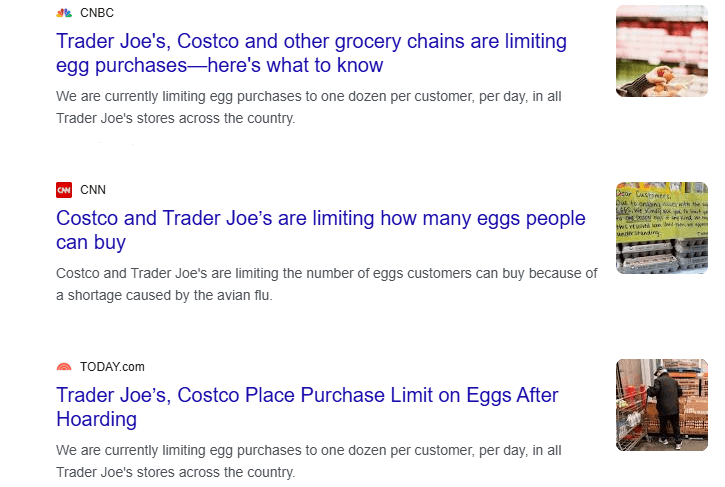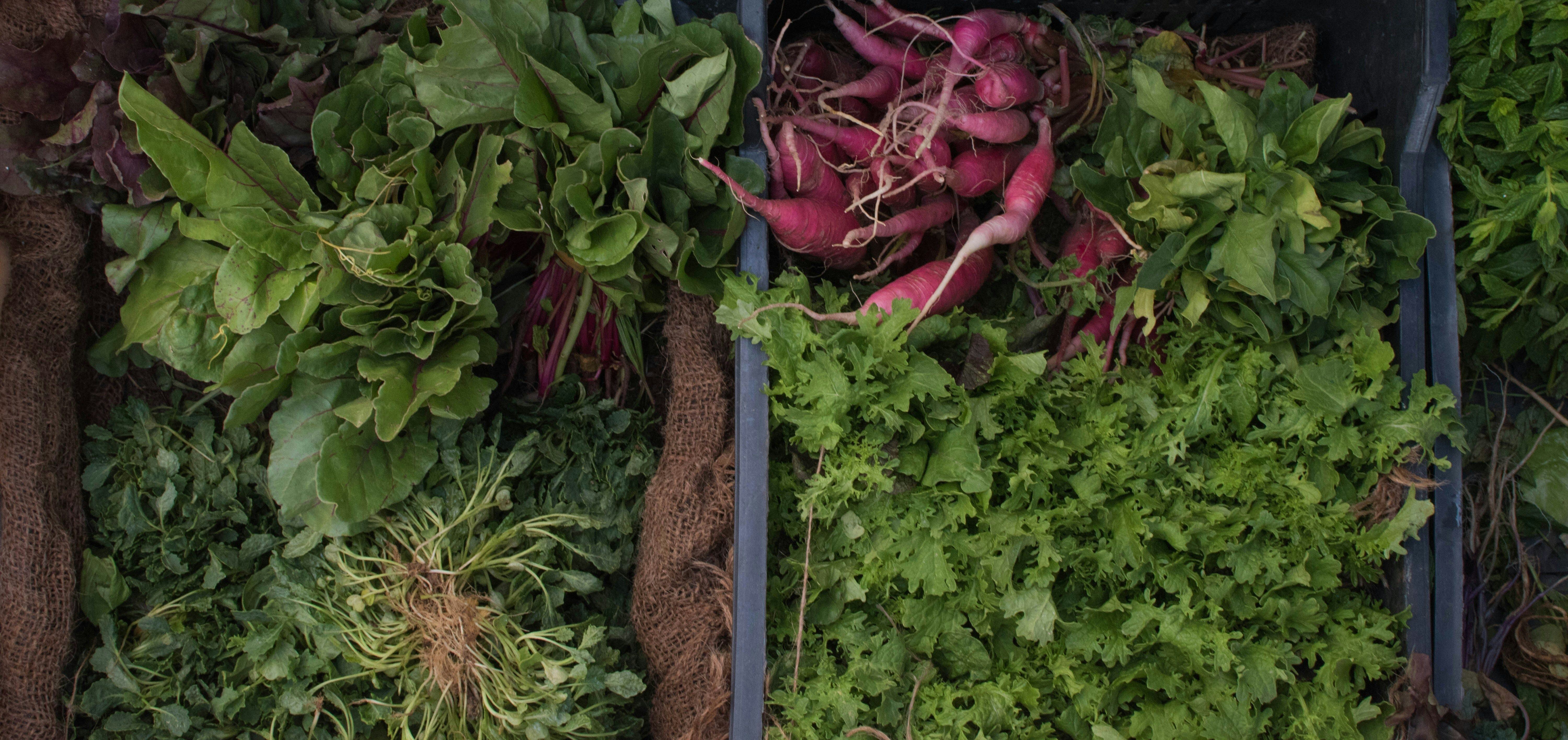
The adaptive cycle is a framework used to describe the dynamic phases of change in complex systems—exploitation (growth), conservation (stability), release (collapse), and reorganization (renewal).
If we were to apply this framework to our current egg supply chain, it might look something like this:
- Exploitation (Growth) – Expansion of industrial egg production, rising demand for specialty eggs (cage-free, organic), improved logistics, and increased global exports.
- Conservation (Stability) – Established supply chains, large-scale contracts, regulatory standards (USDA, FDA, EU), and consolidation of major producers.
- Release (Crisis) – Disruptions from avian flu, rising feed and fuel costs, labor shortages, sudden demand shifts (e.g., pandemic surges), and regulatory changes (e.g., cage-free laws).
- Reorganization (Adaptation) – Growth in local supply models, investment in alternative eggs (plant-based, lab-grown), biosecurity advancements, and policy shifts supporting sustainability
As a food bank, we are familiar with the impacts of these supply chain cycles. During the third phase, when a crisis hits and supply becomes unpredictable, we must be increasingly strategic in sourcing and purchasing staple foods, as well as in how we present them to the people we serve. Diversifying our sourcing has been key to managing the egg supply issue. By connecting with multiple suppliers, we can compare prices and make informed purchasing decisions. When certain items become difficult to procure, we must limit the quantity each person can take each week—similar to the restrictions implemented by Costco and other grocery stores.
This will not be the last disruption our organization and our food supply chain experience. We are working to become more resilient to these cycle disruptions by diversifying our sourcing, investing in local agriculture, and optimizing our purchasing strategies to balance cost, availability, and nutrition.

